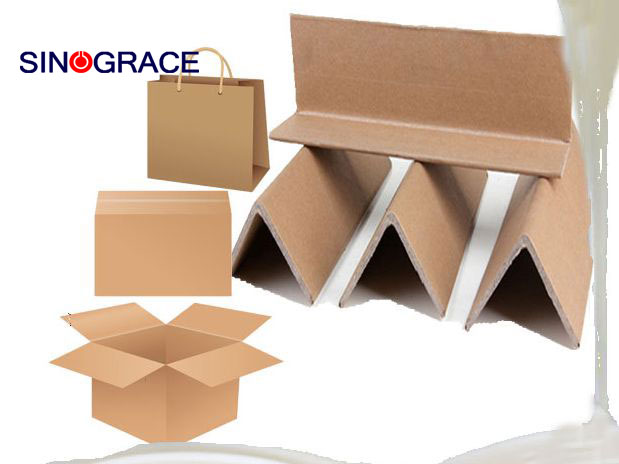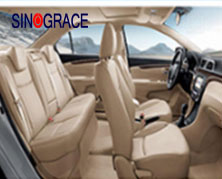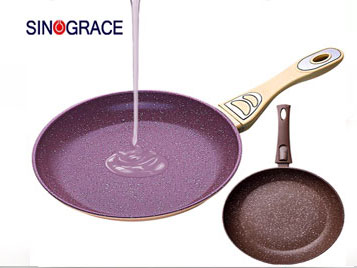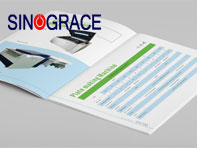Disadvantages of traditional label printing
(1)The labels on the market (especially film labels) mostly use screen printing and flexographic printing, which not only has a complex processing process, a long cycle, but also has poor timeliness. (2)In terms of product design, the selection of design scheme needs to be modified repeatedly, which is not only troublesome, but also costly (3)The traditional printing method to achieve variable data printing digital coding bar code and other anti-counterfeit logo printing, need to be realized by two or even three times of printing, than digital printing cumbersome (4)The inability to handle short editions of less than 2,000 copies, such as labels or packaging for promotional or trial sale items, makes printing companies not only unprofitable, but also lose money (5)Customers have higher and higher requirements for print quality, print volume is getting smaller and smaller, making the market competitiveness of traditional label printing constantly decline We produce all kinds of printing inks, welcome to consult,this is our email sales@sinogracechem.com
read more

 English
English français
français русский
русский español
español العربية
العربية








